Who is Reiner Knizia? (And why you need to know!)
Exploring the design hallmarks of Dr. Reiner Knizia, one of the most prolific and respected game designers. With over 700 published designs, we can learn much from what makes his games special.
While doing some student playtesting at Harrisburg University, I mentioned that one of the games were playing almost felt like a “Knizia-style” game. Another playtester wasn’t sure what I meant, so I clarified: “It feels like a game designed by Reiner Knizia.”
They said, “Who’s Reiner Knizia?”
After recovering from my shock and dismay, I realized that not everyone into tabletop games is aware of Dr. Reiner Knizia, his vast body of work, and his very distinctive style of game design.1
So this week, I want to explore Knizia-style game designs: What does that mean? And how can we incorporate some of those concepts into our own designs?
The Doctor of Board Games
Reiner Knizia (b. 1957, Germany) is possibly the most prolific board game designer of our time.2 With a background in finance (i.e. mortgage services) and a doctorate in mathematics, he creates finely-tuned games that often rely on auctions, bidding, and risk-reward tradeoffs.
To date, he has designed over 700 games, many of which have won awards including the Spiel des Jahres and the Deutscher Spiele Preis. His games routinely show up in “Top 100 Games of All Time” lists, and dominate the top rankings at BGG.3
His current top ranked games include:
The Quest for El Dorado (2017)
Ra (1999)
Tigris & Euphrates (1997)
Modern Art (1992)
My City (2020)
Samurai (1998), soon to be Hanami (2026)
Battle Line (2000)
Lost Cities (1999)
Schotten Totten (1999)
The Lord of the Rings: The Confrontation (2005)
I’ve talked about Ra and Zoo Vadis, two Knizia games, in Ten Lessons from Five Games last year. I also mentioned Modern Art in Ten More Lessons from Five More Games earlier this year.
What makes it a Knizia game?
If you play enough Reiner Knizia board games, you’ll start to see how they have a specific feel. It’s not so much the theme (which is often quite thin) or even the specific mechanisms. It’s not they they all play the same way. Instead it is the overall player experience that is achieved through the design.
While hard to exactly pin down, there are a few key hallmarks that I think define a game as a Knizia-style game:
1. Simple rules with deep decisions
Perhaps one of the ways Dr. Knizia has been able to be so prolific is by avoiding overly complicated rules. Most of his game designs can be easily explained and taught, stripping out any deep simulation mechanics.4 Players are often presented with a list of simple actions and they must choose one or two of them each turn.
In Zoo Vadis, players only have four options: (1) add an animal to the zoo, (2) advance a peacock, (3) advance one of your animals, and (4) move the zoo keeper. In reality, most of the time you’ll just be moving one of your animals. But when and where you move your animals has deep impacts on the game. It blends negotiation and strategy in a way that creates memorable moments, and can even turn into quite a “mean” game!
Similarly, in Ra, players perform exactly one of the following actions: (1) draw a tile, (2) begin an auction, or (3) spend a tile. There are no complicated rules or lists of edge-cases and exceptions. Ra is, however, an extremely deep game despite its simplicity.
2. Hard and painful choices
When I wrote about “feel bad” games in the context of painful choices, I mentioned that The Field of the Cloth of Gold (Holland, 2020) almost felt like a Knizia game. That’s because, like many of Dr. Knizia’s designs, it is filled with hard choices where it seems like you are choosing the least-bad option.
Many of his games force players into difficult situations where you must give up something valuable to gain something else.
In Whale Riders (2021), players can advance their rider, buy a tile, take a coin, ditch a contract, or complete a contract. Again, just a few simple actions to choose from and each player must perform exactly two of them on their turn. The trick, however, is that your rider only ever moves in one direction (i.e. advancing from start to finish): Do you move ahead quickly and get first choice at resources? Or do you stay, lagging behind, but collecting the most at a location?
3. Light on thematic elements
What Knizia games often have in depth, they often lack in thematic design. I’d argue that they often border on being abstract games, although they do often have a theme applied to them. Samurai (1998), a game about war in Japan, is currently being re-themed and re-released as Hanami (2026), a game about celebrating spring in Japan with picnics.5
Basically the same game, but easily re-themed to a completely different setting.
4. Interesting scoring methods
The classic Knizia move is to have victory points broken into multiple groups and then only your lowest counts at the end of the game. Tigris & Euphrates (1997) is the best example of this, forcing players to consider points in all four spheres of King, Priest, Farmer, and Trader:
“Each player determines in which sphere they possess the fewest number of victory points, with each player freely allocating his treasures to any sphere(s). The player whose lowest sphere has the highest number of victory points is the winner.”
Players need to get enough points to win, but not so many points in one category (i.e. “sphere”) that their lowest category can’t win the game. It’s an extremely hard puzzle to solve without adding much complexity to the rules.
5. Balanced risk and reward
The last hallmark of Reiner Knizia games, and one of my personal favorites, is push your luck mechanisms. It is never implemented, however, in too random of a way that feels like pure gambling. Instead it is usually balanced and feels like a real decision.
MLEM - Space Agency, set in the year 2075 after cats have taken control of the world and “set their sights on a new frontier”, is a good example. Space cats are loaded onto rockets and launched. You can disembark onto a moon or planet at any stop (scoring points) or stay on and hope to continue to higher value locations. Eventually the rocket will explode and the cats will safely return to Earth. With a mix of area majority and straight points, it’s hard to know when to push your luck or when to cut and run.
Making your game more Knizia-style
My usual tips for game designers include increasing player agency, creating a game arc, and making sure the game ends in a timely manner. Those tips, however, wouldn’t necessarily make the game more like a Knizia design.
If I had to suggest some Knizia tips, it would be more focused on:
Simplify available actions: Whittle the player’s available options down to just a few (e.g. three to four) and force them to choose just one or two of them.
Inject some push your luck: Don’t just increase player agency by providing options. Instead make sure every choice comes with both risk and reward.
Don’t stress about thematic elements: While I personally prefer highly thematic games, not everyone cares about thematic layers. Reducing thematic elements can also reduce the need for mechanical complexity.
To be clear, I’m not saying you should try to emulate Dr. Knizia. But if you wanted to, there are three ways you might want to approach the task.
Knizia-style games not designed by Reiner Knizia
Tabletop gaming forums often include discussion of games that feel like Knizia games but are designed by others. This designation is, of course, completely subjective. It’s still sometimes fun to think about.
If I had to pick, I might offer that Rumble Nation, maybe Scout, and perhaps The King is Dead could fit the Knizia mold. All three have extremely simple rules, are easy to teach, and yet are filled with strategic depth and tough decisions. They have interesting scoring methods and feel exceptionally well-balanced.
I’d love to hear which games feel like Knizia games to you in the comments!
Conclusion
Some things to think about:
Play some Knizia games: If you love tabletop games, whether board games or TTRPGs, you should check out some Reiner Knizia designs. They are beautifully elegant and inspiring. While I don’t always love every Knizia game, I’m never disappointed. Each one of them teaches a valuable design lesson.
Develop your own style: It’s true in art, music, and any other creative endeavor — over time you will develop your own style, and there is no shortcut to get there. It will also change and be mutable for your whole life. Reiner Knizia is a good example of an extremely distinctive style that continues to find ways to innovate.
Complexity isn’t always the answer: It’s fun to design a strategically deep game, but Reiner Knizia is a good reminder that you don’t need to add mechanical complexity to achieve that. There is value in having a game that’s easy to teach and easy to get to the table. And being easy doesn’t mean it isn’t deep.
What do you think? Were you already a Dr. Knizia fan and this was a refresher? Or was this new to you and now you have a new designer to check out? I’d love to hear which Reiner Knizia game is your favorite (and why) in the comments!
— E.P. 💀
P.S. “A beautiful, straight-forward, and inspiring book.” Get ADVENTURE! Make Your Own TTRPG Adventure, the latest guide from Skeleton Code Machine, now at the Exeunt Press Shop! 🧙
Skeleton Code Machine is a production of Exeunt Press. All previous posts are in the Archive on the web. Subscribe to TUMULUS to get more design inspiration. If you want to see what else is happening at Exeunt Press, check out the Exeunt Omnes newsletter.
Skeleton Code Machine and TUMULUS are written, augmented, purged, and published by Exeunt Press. No part of this publication may be reproduced in any form without permission. TUMULUS and Skeleton Code Machine are Copyright 2025 Exeunt Press.
For comments or questions: games@exeunt.press
I’m mostly kidding here! Not everyone needs to know every designer, and it’s absurd to think that they should. People enjoy movies without knowing the names of directors and actors, and tabletop games are no different. That said, Reiner Knizia is so prolific that I sometimes mistakenly presume that anyone interested in game design would be aware of him and his work.
I believe his birthday is coming up on November 16. Start your party planning now.
Reiner Knizia is often cited as having designed “over 700 games” in media. His BGG designer listing currently shows 811 linked games as of October 27, 20205. His games are often reprinted, rereleased, revised, reimplemented, and turned into new games. Counting actual unique designs can be messy, but I think saying that the number is well over 700 is a safe bet.
In Tumulus 04 “Return to the Sea”, I wrote about minimalist and maximalist approaches to game design. Specifically, I looked at how a submarine game can be made at either end of the spectrum. That issue is shipping now if you subscribe before December 1, 2025.
There are many games on BGG with the title of Samurai or some variation of it.

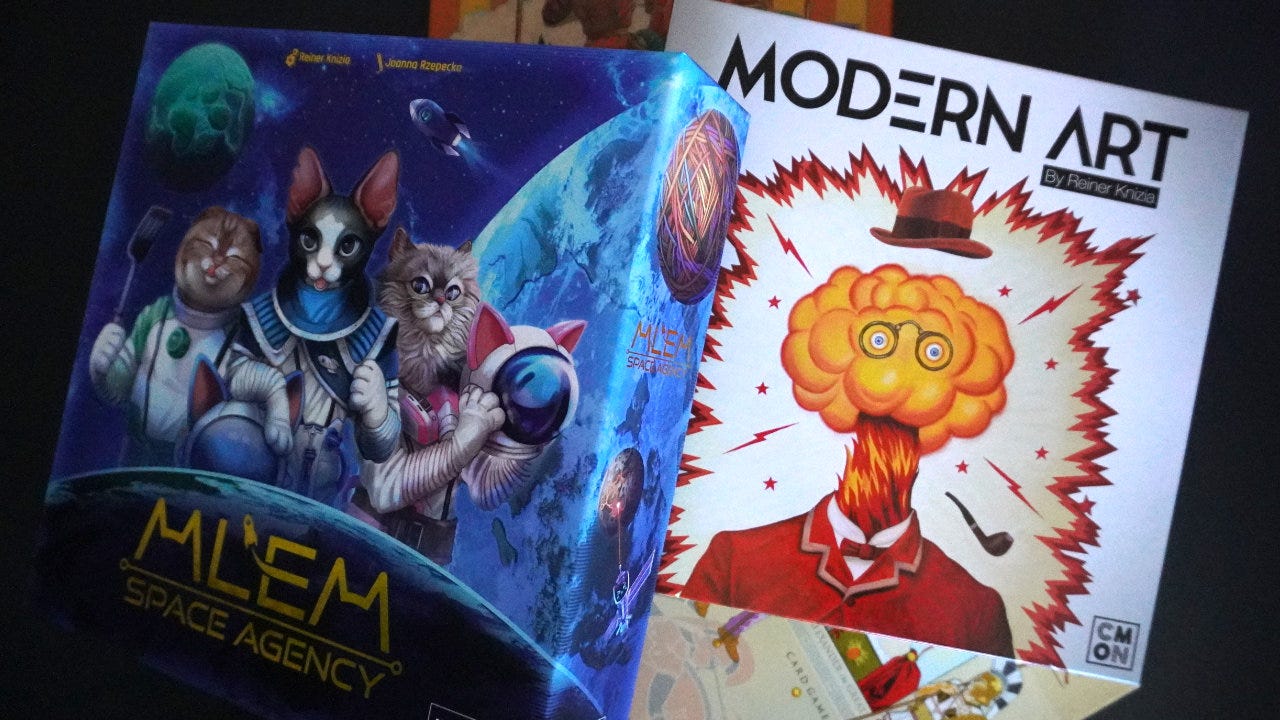
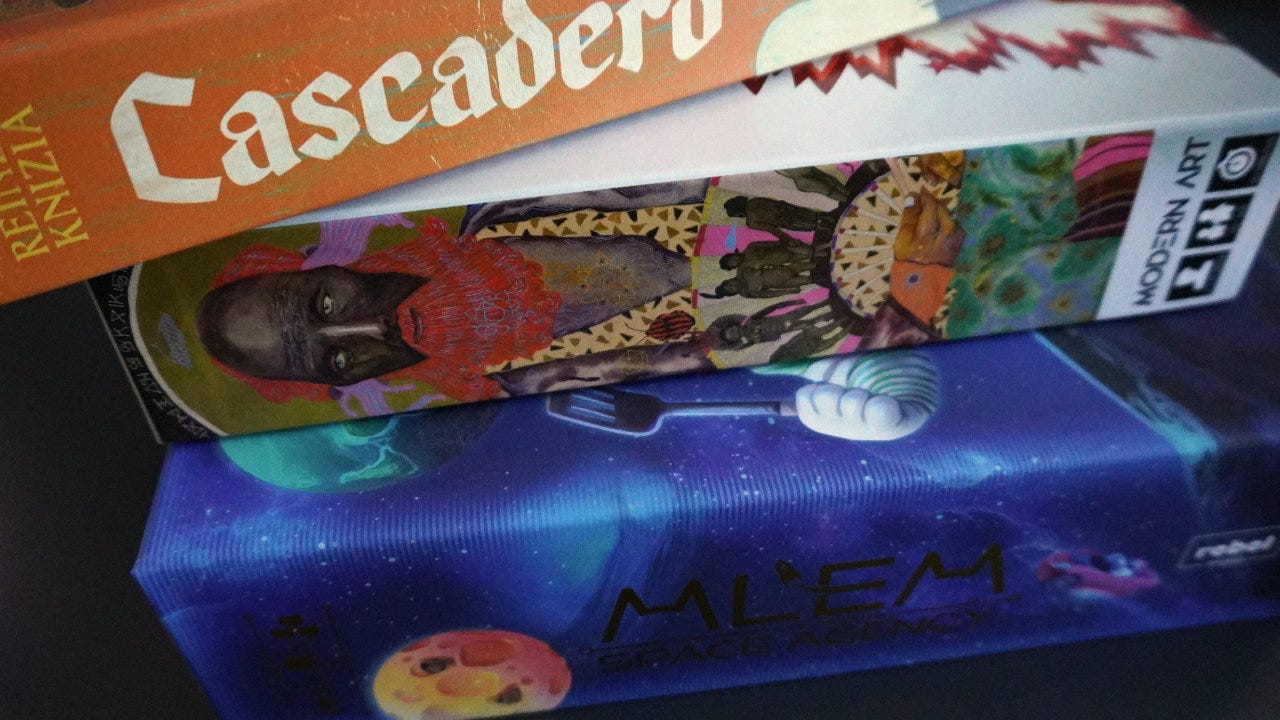
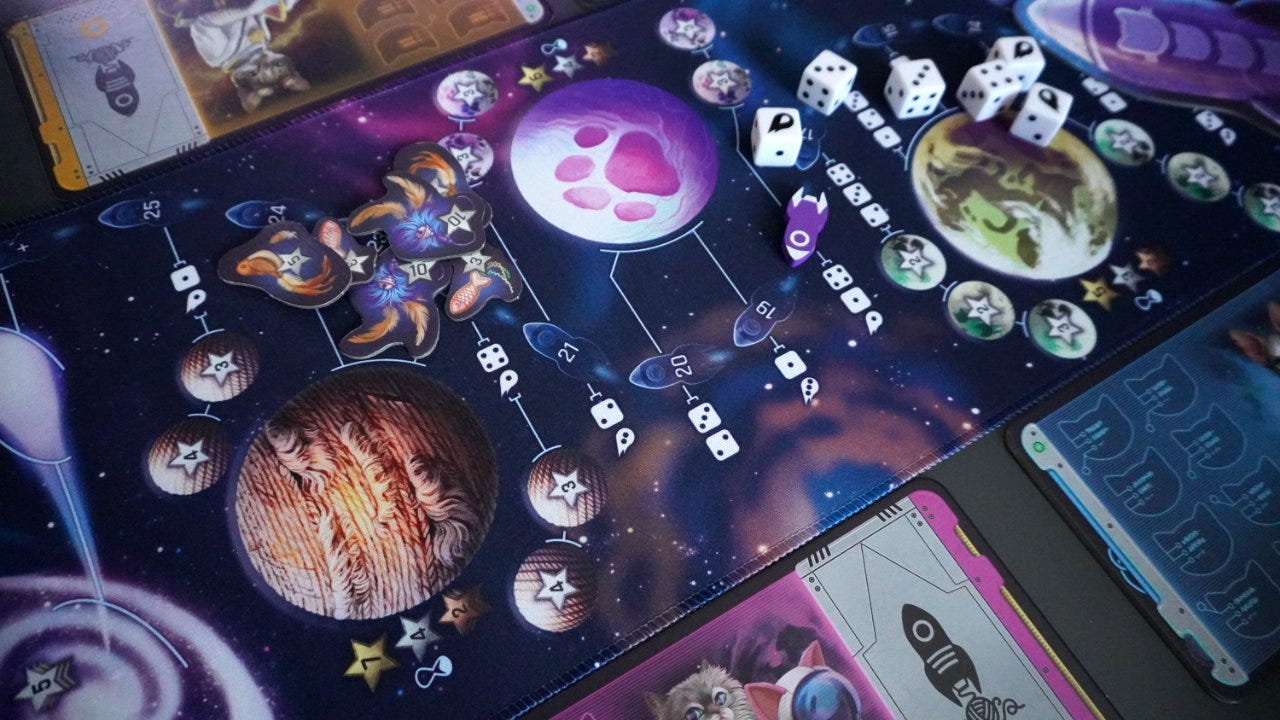
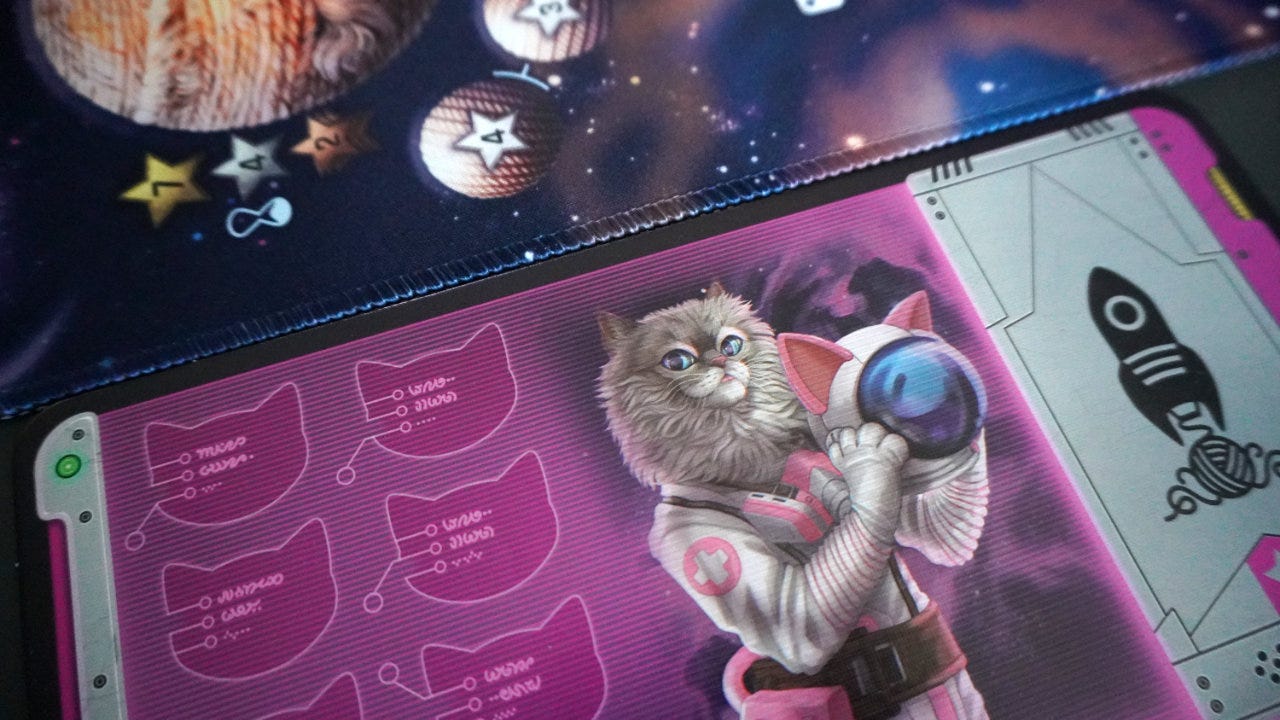
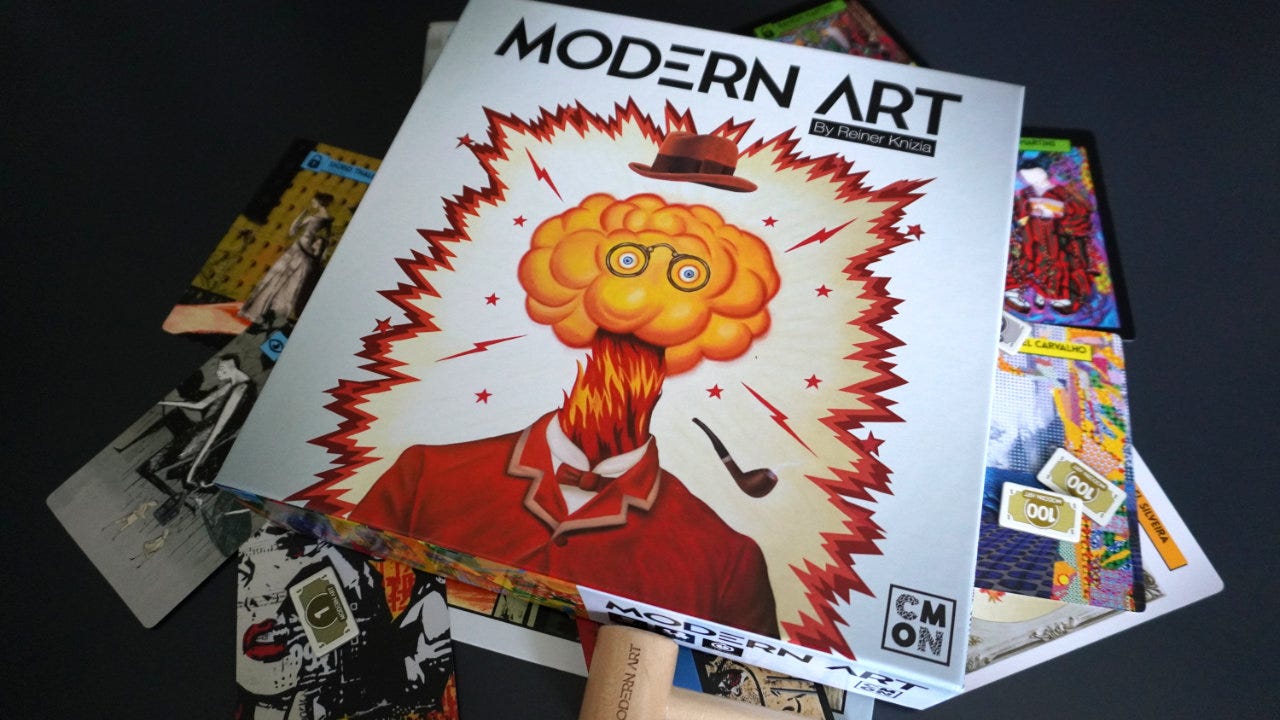
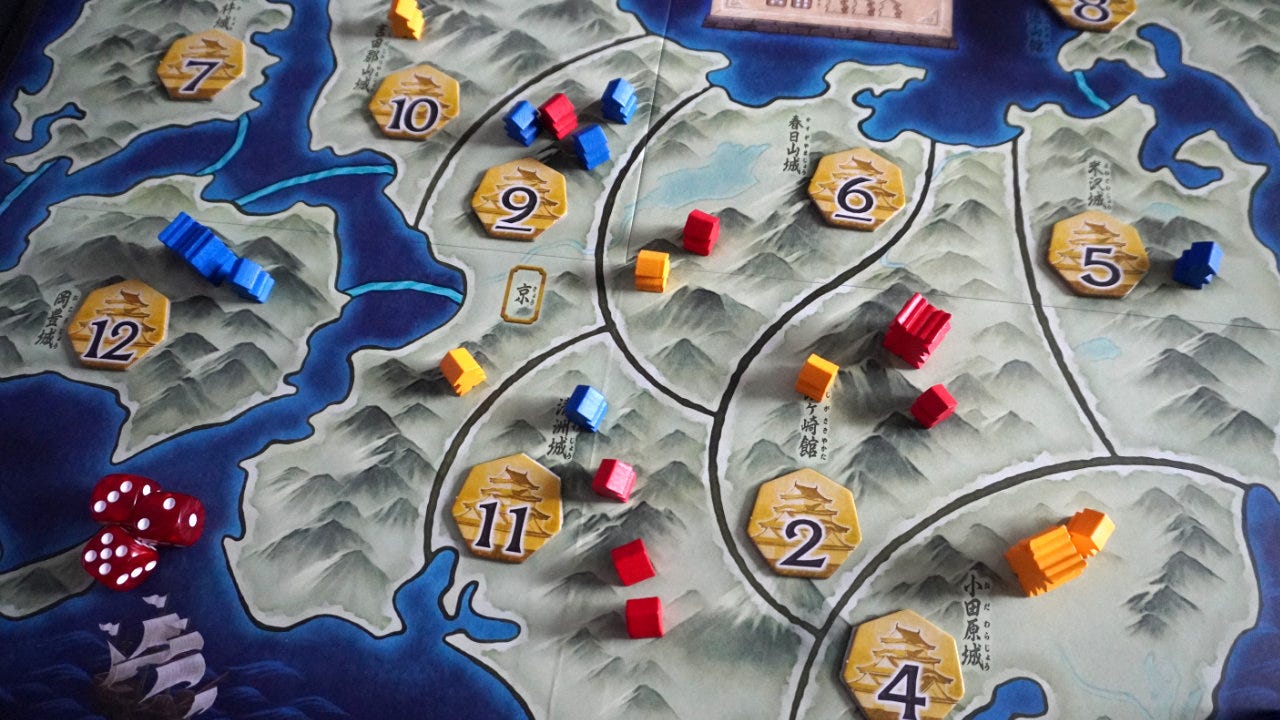
My answer to the poll kinda fits a bit "in-between" or adjacent to the answers – while i was familiar with Reiner Knizia, and had heard the name and knew some of his games, to my knowledge i have not actually played one of them! ... or so i thought – because a quick search uncovered that he's got "Carcassonne: The Castle" to his name, and i grew up playing a *lot* of Carcassonne! we got a fair amount of add-ons and variants, including The Castle, though we didn't play it a lot, preferring the original (with some add-ons though mostly for the extra tiles to have longer games, than using the actual mechanics) ^^ and i suppose, with that many games, i wouldn't be too surprised if i might have played another of his games, though to be honest, i don't have the widest experience.
cool to learn that he's a fellow mathematician, too :) i can see the influence – "simple rules with deep decisions" (or maybe switch "deep decisions" for "emergent complexity/depth") is honestly a great way to sum up math itself x3